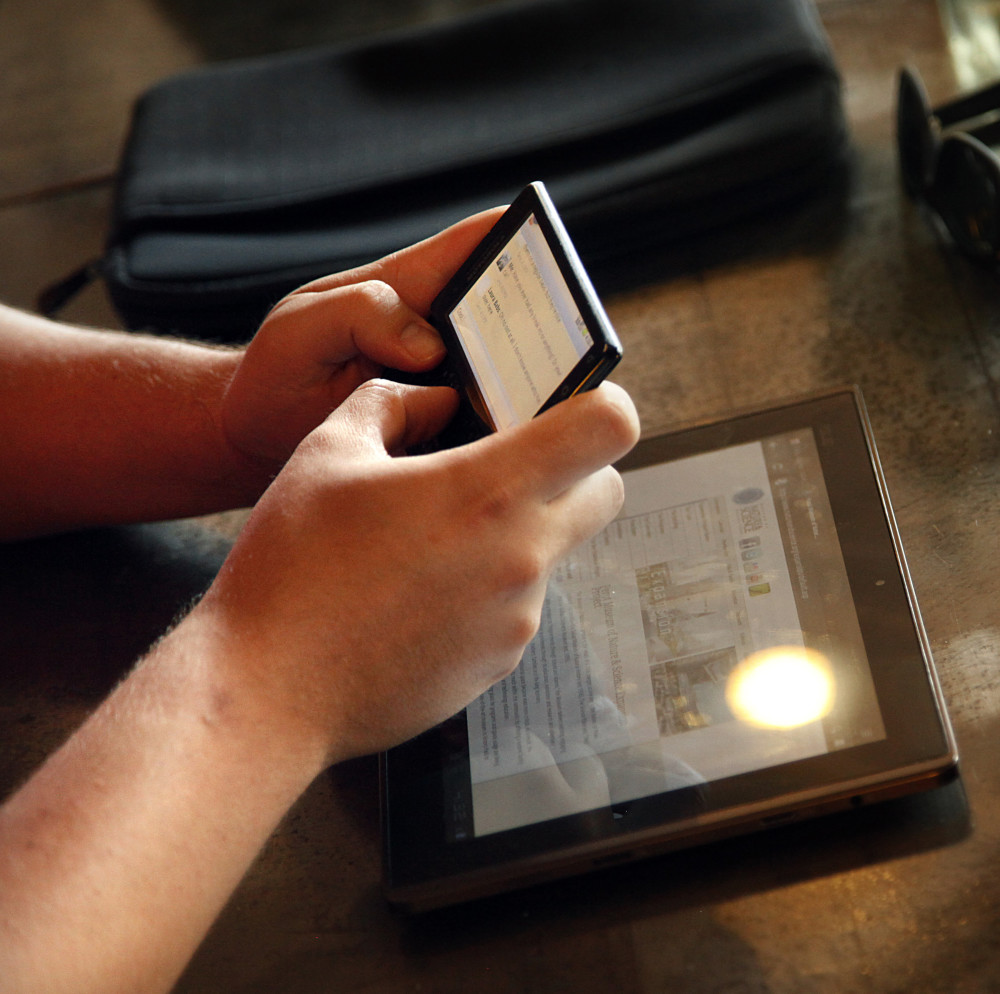By Diane Stafford
The Kansas City Star
WWR Article Summary (tl;dr) The mobile app called “Tak” is built on the belief that employee recognition and rewards can improve morale and performance in the workplace. With “Tak”, each bit of thanks or recognition entered on the app earns points for the recipient/employee.
buy tadasiva generic buy tadasiva online no prescription
Points can add up and be redeemed for free food or gifts.
The Kansas City Star
Businessman Gary Abram sat in a board meeting for St. Mary’s Medical Center in Blue Springs, Mo., and heard hospital CEO Deb Ohnoutka say nearly 1 in 4 nurses were quitting every year, a big turnover and an expensive headache.
Such turnover is common in the industry and the profession. But it doesn’t make it palatable. What could be done to reduce the inefficient and expensive churn?
Abram, who’s long been interested in the fields of motivation and positive thinking, had an idea for the hospital that evolved into a smartphone app named Tak, the Danish word for thanks.
The mobile app is built on the belief that employee recognition and rewards can improve morale and performance. By making people see that their good work is noted, perhaps they’ll be more likely to stay and, it’s hoped, strive to do good work.
One year after buying into Tak, Ohnoutka said it appears to do that. Nurse turnover dropped to 17 percent from 24 percent.
“Our theory is that intrinsic rewards are more powerful than extrinsic rewards,” Abram said. “Our intrinsic channel is peer-to-peer communication. It’s public feedback from peers based on the power of gratitude.”
Each bit of thanks or recognition entered on the mobile app earns points for the recipient. Points can add up and be redeemed for free food or gifts.
Ohnoutka said her big surprise is that many points aren’t being redeemed, and the recognition program isn’t costing what she expected. “They’re really not using the money. It’s more about being thanked, getting recognized and seeing if they can get on the ‘leader board,'” she said.
Tak was re-customized for its second customer, Kids TLC, a residential treatment center for children in Olathe, Kan. There, CEO Gordon Docking elected to make it available for the entire 250-person staff.
“The main thing for us is that it creates an atmosphere where our employees compliment each other publicly,” Docking said. “It’s created positiveness that tends to snowball.”
Some glitches were noticed, such as workers giving themselves attaboys, and worked out. Tracking also was done to make sure a small coterie of employees weren’t just scratching each others’ backs to increase their rewards points.
About those points: Yes, Tak is another in a line of many programs that “game-ify” the workplace. Clock in on time, earn a point. Attend a health program, win a point. Amass points and earn extra time off, free lunch on the company, or, yes, a gift card or purchase from a catalog.
But believers emphasize that it’s not the tangible reward that makes the difference. It’s the recognition. And it’s every bit as powerful when it comes from peers as from supervisors.
“I’m certain you can’t bribe people to employee engagement,” Abram said. “And this is all about carrots, no sticks. But I think it works as a tool for culture enhancement. Engagement is a function of culture, of leadership and feedback.”














































































































































































































































































































































































